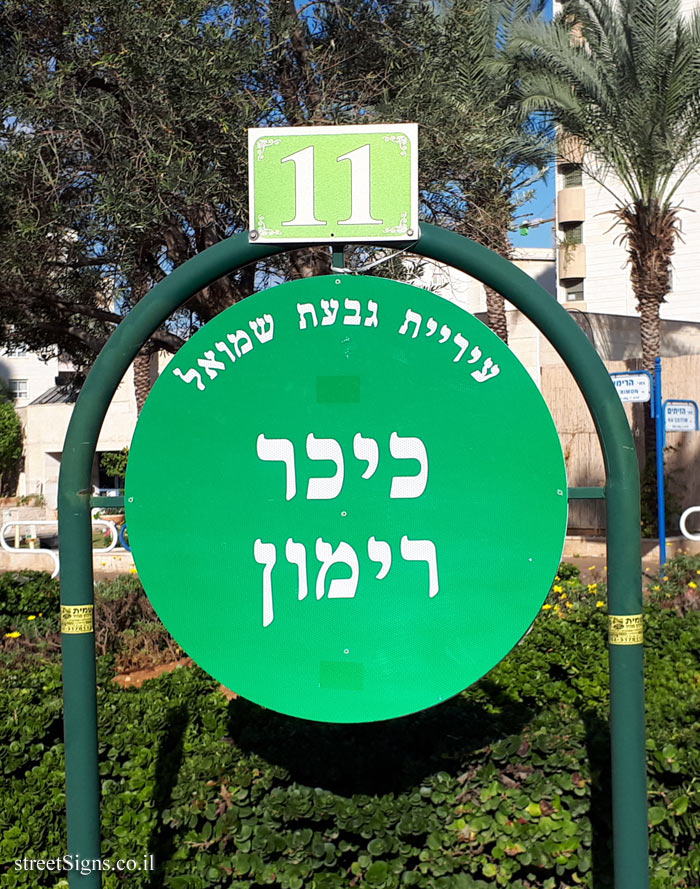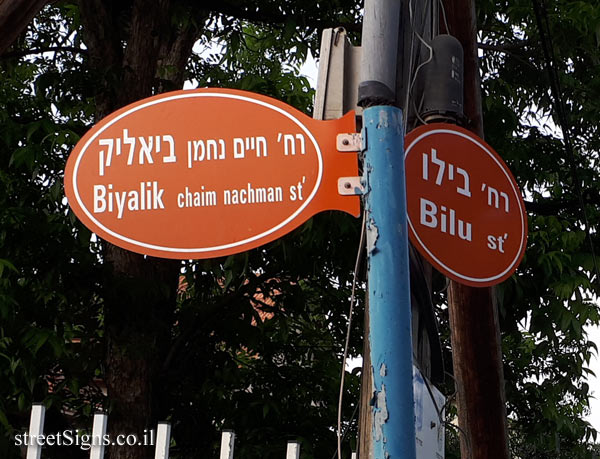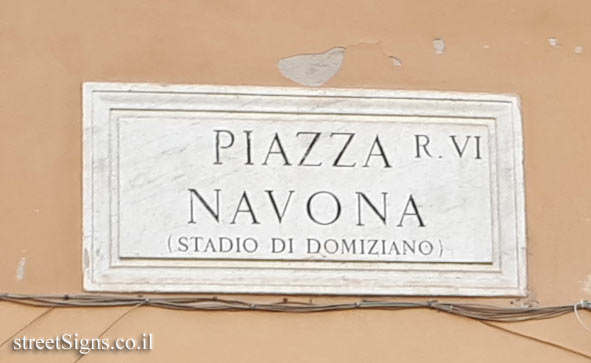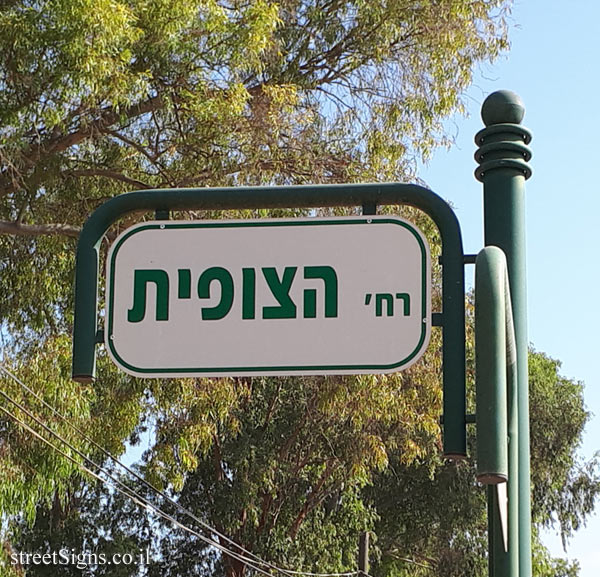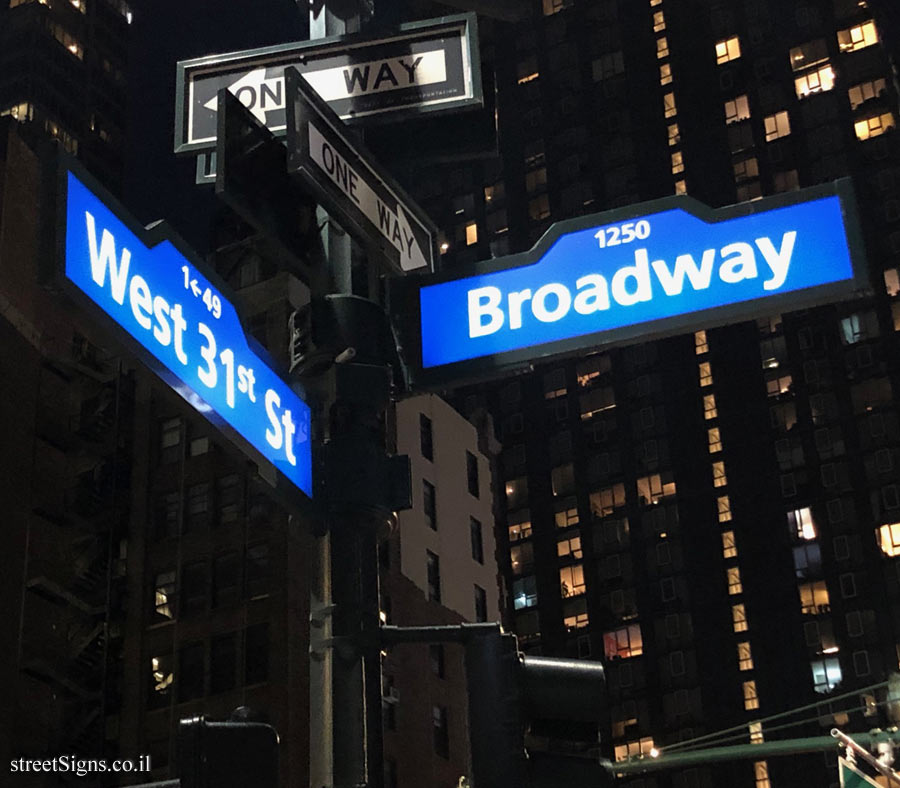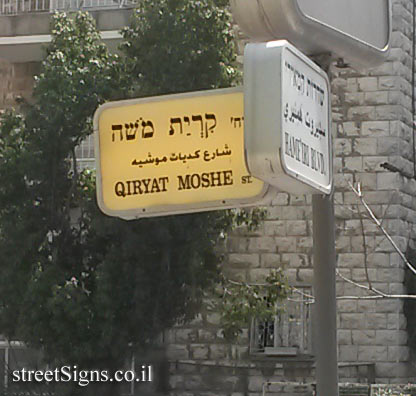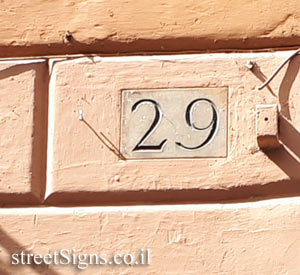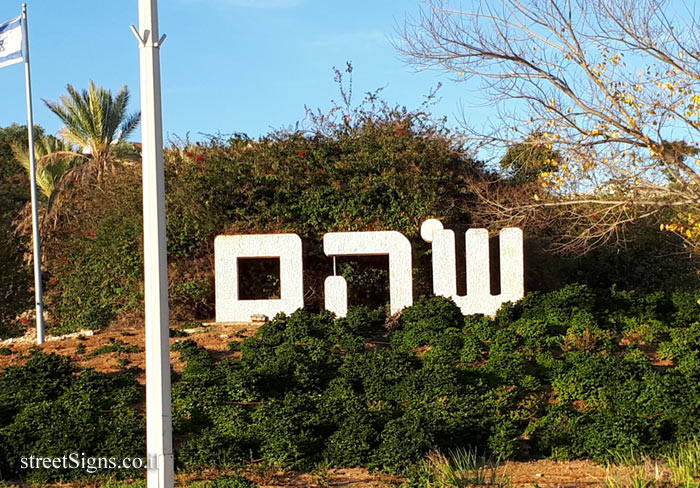
Here are the common shapes:
Circle (round)
A relatively rare shape. On the site it sometimes appears on signposts of squares (perhaps in light of their shape, which resembles a round square)
Square
Square signs can be found especially when it comes to house numbers, but sometimes such a shape can be found in other cases (such as streets, squares, etc.)
Metal
Metal signs are perhaps the most common signs. The reason is the durability of the metal, the possibility to create relatively easy complex shapes (circle, ellipse). Naturally we (the site) prefer this kind of material since you can make spectacular and attractive patterns.
Stone, pottery, marble …
Signs made of stone, clay or similar materials are usually found on the walls of houses. In many cases these are old signs or those trying to create a sense of an ancient sign. .
Pole
As stated, signs located on a pole indicate main roads, the beginning of streets, intersections and more.
Wall or fence
Signs placed on walls usually indicate a more precise address, such as a house number that is sometimes accompanied by a street name.
